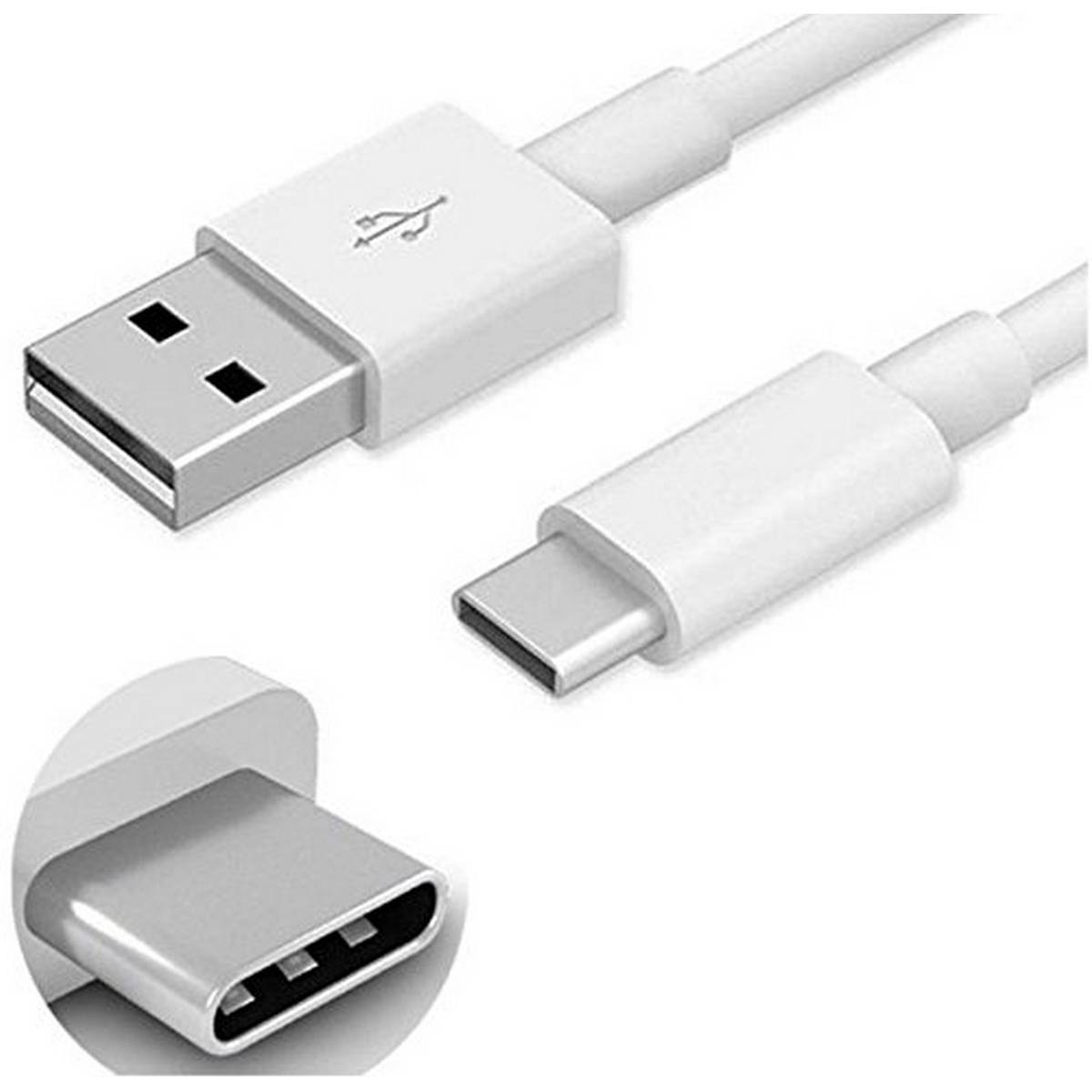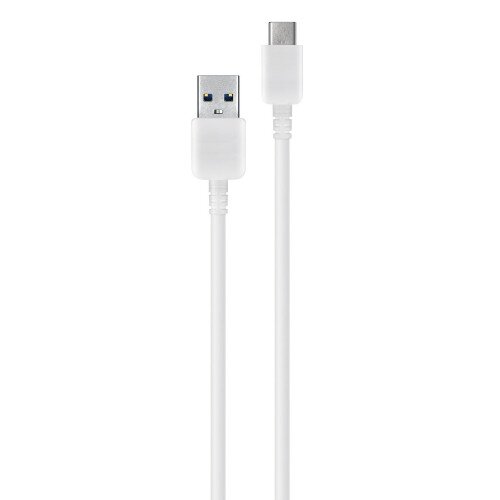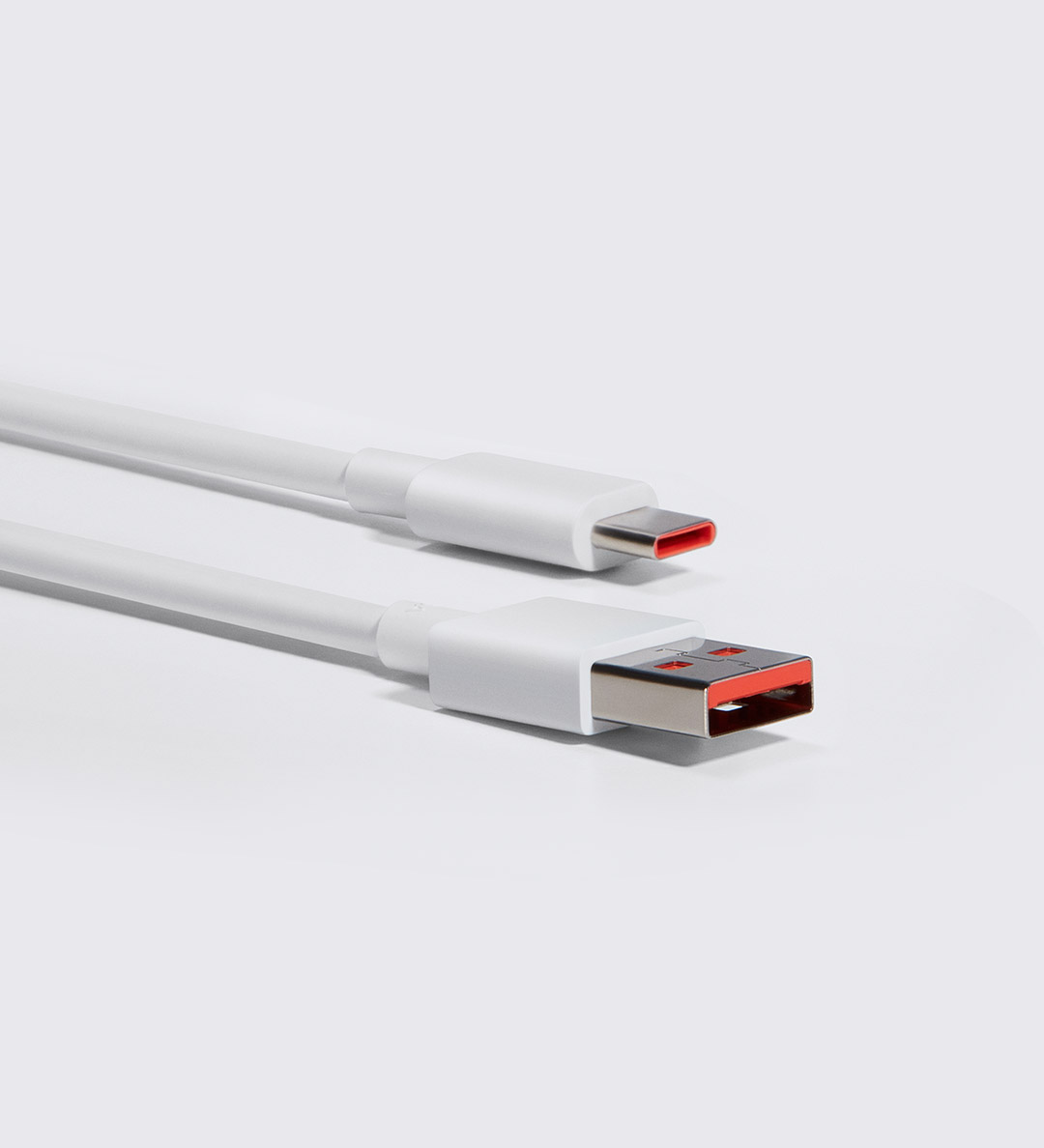Type-C Cable
Variations




A Type-C cable, also known as USB Type-C, is a universal connectivity standard that has become increasingly popular for connecting and charging devices. Unlike its predecessors, such as USB-A and USB-B, the Type-C connector is small and reversible, meaning it can be plugged in either way, making it more convenient for users.
Here are some key features and benefits of Type-C cables:
Reversibility: One of the most notable features of Type-C is its reversible design. This means that you can plug it into a device without worrying about the orientation, as either side can be inserted into the port.
Versatility: Type-C is a versatile connector that supports various functions, including data transfer, power delivery, and video output. It can handle high-speed data transfer and is capable of delivering power to charge devices, including laptops.
Compact Design: The Type-C connector is smaller and more compact than its predecessors, making it suitable for a wide range of devices, from smartphones to laptops. This compact design contributes to the trend of slimmer and more lightweight electronic devices.
High-Speed Data Transfer: Type-C supports high-speed data transfer rates, which makes it suitable for connecting devices that require fast data synchronization, such as external hard drives, cameras, and smartphones.
Power Delivery (PD): USB Type-C supports power delivery, allowing it to deliver higher levels of power for charging devices. This feature is particularly important for charging larger devices like laptops, tablets, and other power-hungry gadgets.
Compatibility: USB Type-C is designed to be a universal standard, promoting compatibility across various devices. As more manufacturers adopt this standard, it reduces the need for different cables for different devices.
Audio Support: USB Type-C can also carry audio signals, eliminating the need for separate audio ports in some devices. This is especially useful for smartphones and laptops that may have limited space for multiple ports.
In summary, USB Type-C is a modern and versatile connectivity standard that offers a range of benefits, including a reversible design, high-speed data transfer, power delivery capabilities, and widespread compatibility across devices. Its adoption has become increasingly common in various electronic devices, simplifying the user experience and promoting a more standardized approach to connectivity.
